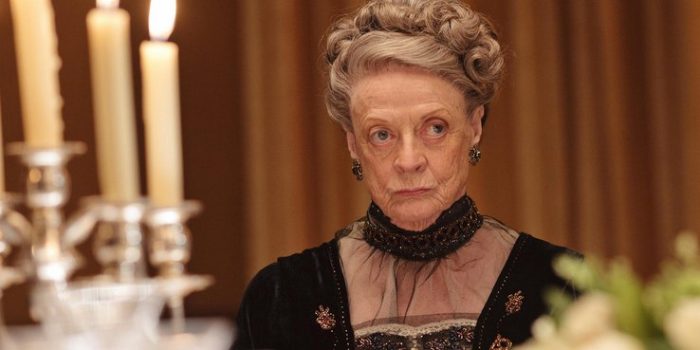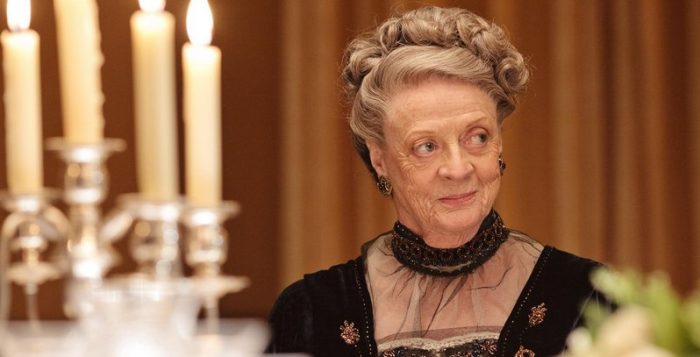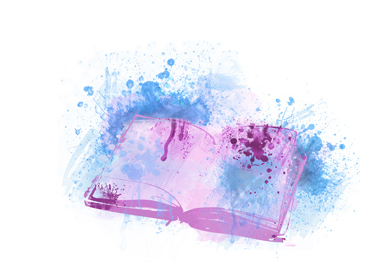Downton Dining Disturbance
Q.
What would it take to throw a wrench into the rigid world of Edwardian dinner parties?
.
A.
Revenge is a dish best served backwards.
In the fastidiously ritualistic world of Edwardian Britain, it was easy to exact revenge on one’s nemeses at dinner. Want to mortify the hosts? Sneak into the dining room and throw your hips into the meticulously set table right before the call to sit.
If it’s a guest in your sights, introduce cutlery doubt then turn attention to them right after the next course is set down. Which spoon is that? Tea spoon, egg spoon, melon spoon, grapefruit spoon, jam spoon, soup spoon, or bouillion spoon?
If your vengeance is aimed Downstairs, strip power and status from the First Footman by telling him he will no longer be presenting the meat to the guests.
We learned about these extreme Edwardian do’s and don’ts in The Manners of Downton Abbey. It’s a fascinating Masterpiece Theatre special narrated by Alastair Bruce – or Major General Alastair Andrew Bernard Reibey Bruce of Crionaich – author, royal herald at the College of Arms, godfather of Prince Edward’s son and historical advisor to Downton Abbey. Cast and crew call Bruce the Oracle: “he just knows everything,”
.
.
“The best place to start understanding Edwardian manners is in the dining room,” Bruce instructs. “The ritual of the dining room was at the centre of their lives.”
Around the confines of the dining room table, we can see ‘the ballet of strange manners and stiff formality’ that rules the behaviour of Edwardian aristocrats and their servants. After the tumult of the Great War and the Industrial Revolution, Major-General Bruce explains, aristocrats were petrified that they would lose their traditions and privileges. Strict adherence to a checklist of rituals offered comforting ties to the past.
Hours before guests arrived for dinner, begloved servants inched around the table measuring exactly where the cutlery and dishware should be placed relative to the chair, to the facing guest, to the neighbouring place setting..
“The reason we take such trouble with the dining room scenes,” Bruce explains from his perch in the Downton Abbey set, “is that they say Grace at the beginning, and that makes it the Lord’s table. And all the details and sumptuous display and the manners reflect the struggle that they all have to achieve a similarly perfect moral approach to life.”
“Nothing succeeds like excess,” declares Violet, Dowager Countess of Grantham – Maggie Smith – as she admires a table set just so for dinner.
.
.
More Edwardian Rules for Dining
i. Sit bone straight. Do not even think of leaning into the back of the chair – that’s for the footman to hold.
ii. Evening gloves are either on your lap or hidden under your napkin.
iii. No hands on the table
iv. Do not even think of taking one bite before the hostess.
v. Wine is strictly paired to course and, for the love of Pete, use the right glass: largest for red, mid-size for water, smallest for white wine.
vi. Servants: be invisible and seamless in your choreography. Which guest gets their food first? Whose next? 1, 2, 3: place.
vii. Guests must follow the hostess’ conversational direction. If she turns to speak to the person on her right, all must turn their heads to chat in the same direction.
All of these dining table rules, Alastair Bruce reiterates, serve a strict purpose: “it was a place to influence, a place to exercise power ..”
.
www.justcurious.ca











